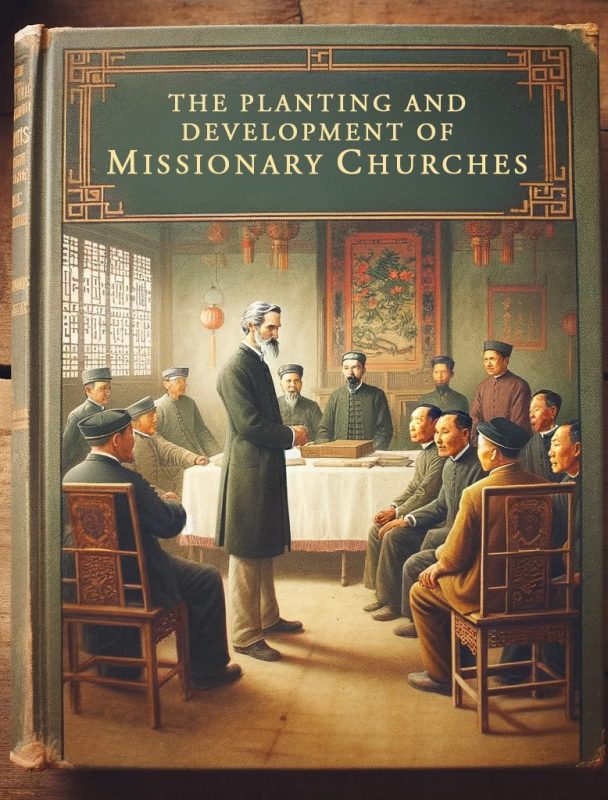
The Planting and Development of Missionary Churches
- Opening - Introduction & Preface 2:54
- 1 - The Old System Criticized 25:41
- 2 - How To Deal With New Converts? 24:33
- 3 - Origin and Growth of Stations In Central Shan-Tung 55:56
- 4 - Organization of Stations, Present and Prospective 37:19
- 5 - Beginning Work 49:44
This little book, “The Planting and Development of Missionary Churches”, first appeared as a series of articles that were published in the “Chinese Recorder” in 1885. They immediately aroused great interest in a missionary scheme about which little was generally known, except that it was very successful. So great was the demand for these letters by the late Dr. Nevius, that they were reprinted in book form by the Presbyterian Press, Shanghai, in 1886. The interest in the discussion having spread to this country, a second edition was prepared by Mr. W. H. Grant and published in the “Foreign Mission Library” of the Presbyterian Board, New York.
During the years that have intervened since their first appearance, Dr. Nevius’s methods have been successfully tested in other fields—notably and most fruitfully in Korea—and have been very highly endorsed by many board secretaries. While it is but fair to other theories of missionary work to say, that even in Dr. Nevius’s own field his plans were not wholly satisfactory, and that from 1885 to the present year some Chinese missionaries have strongly argued against them, it is also true that no single scheme hitherto published promises so well to meet the pressing emergencies of the present time.
When every dollar must do its utmost good with the least harm, and when candidates for the foreign field are studying as never before the varied aspects of missions, it was deemed best to bring out a new edition for the special use of mission study classes of the Student Volunteer Movement for Foreign Missions. The present book differs from the preceding edition in its title, in the omission of a few lines having local and temporary interest only, and in the chapter and paragraph divisions, which have been made to correspond to other books of the Movement. It may be said with reference to these latter changes, the bold-faced Clarendon type indicates main divisions, the paragraphs headed by Arabic numerals constitute subordinate divisions, and other paragraphs subdivisions. Numerals have been employed for the convenience of students and leaders of classes who use an analytical outline—published elsewhere—in preparing for the class.
NEW YORK, March 1, 1899.
